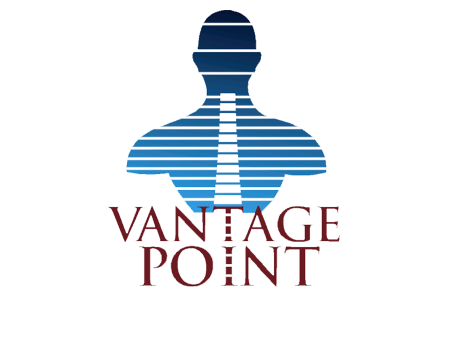Sciatica: what is it, what causes it and how chiropractic can treat it
Have you ever heard someone mention sciatica as a reason for why they’re feeling uncomfortable or experiencing pain? If you have; but were left with more questions than answers, you’re not alone.
While sciatica is a common condition, it can be challenging to understand exactly what it means. Sherwood Park chiropractor, Dr. Shawn King breaks down this common condition and how to both treat and prevent it.
Sciatica: what is it, what causes it and how chiropractic can treat it
by Dr. Shawn King
What is sciatica?
When someone has sciatica, it usually means they are experiencing some form of irritation to the sciatic nerve. The sciatic nerve is the largest nerve in the body, which starts in the lower back and runs down the hips, buttocks, legs and feet. People suffering from sciatica often feel pain or discomfort down the back of their legs even though the cause originates in their lower back or pelvis.
Five common causes of sciatica:
Sciatica can develop a number of different ways, but these are the most common.
- An acute injury like a slip and fall.
- An awkward motion, where the spine is momentarily vulnerable. This can be something as sudden as a missed step or a strong sneeze.
- Repetitive wear and tear (e.g. shoveling snow or raking leaves).
- Pressure on the nerve from a tight muscle like the piriformis muscle, located in the buttocks and near the top of the hip joint.
- Pressure on the nerve from a disc bulge in the lower lumbar spine.
Chiropractic treatment of sciatica
Musculoskeletal injuries like sciatica are a chiropractors’ bread and butter; they successfully treat sciatica regularly. The treatment for sciatica varies from patient to patient, based on how the injury happened and how well the patient responds to different forms of treatment. Before your chiropractor can build a successful treatment plan, they review your medical history and conduct a basic physical exam.
Generally, chiropractors will address sciatica by taking pressure off of the sciatic nerve and restoring normal motion in their patient’s low back, pelvis and hips. This can be done by providing the patient with a chiropractic adjustment and potentially some soft tissue muscle release to the affected areas.
Chiropractors may look for signs of improvement in a reduction in pain; centralization of the referred pain (meaning that the radiating pain down the leg, is moving upwards); improvements with range of motion; and improvements with the patient’s daily living (e.g., putting on socks pain free or walking around the neighborhood pain free).
How to prevent sciatica
The key is to keep your body moving properly and this can be done in a number of ways. These are tips that I recommend to my own patients and can be used for preventing lower back pain in general.
- Maintain or build your core stability: Performing regular exercises to promote core stability can help prevent back pain. I encourage my own patients to stick with an exercise routine for the long term benefits. While you don’t have to consult with your chiropractor before exercising, I would recommend it – especially if you have a history of back pain. When my patients consult with me, I make recommendations for exercises that work best with their medical history and health goals.
- Stretching: Stretching helps you maintain flexibility throughout your low back, pelvis, and legs and relieves pressure that may be building in your body. To help with sciatica, you should specifically stretch your piriformis (the muscles at the top of your hip joints and in the buttocks) on both sides. If you find it difficult to stretch the muscles in your lower extremity, try using a foam roller.
- Chiropractic maintenance: Visiting your chiropractor periodically through the year can help prevent musculoskeletal issues. Think of this like going in for a check up to make sure everything is working and moving as it should.
About the author:
Dr. Shawn King practices at Tailormade Wellness, located in Sherwood Park. In addition to his chiropractic degree, he has a Masters in Exercise and Sports Science and a certification as a personal fitness trainer. Dr. King enjoys being an active member in his community and volunteers his skills as a chiropractor with multiple sports teams and the Boyle McAuley center. When he’s not working, Dr. King enjoys spending time with his growing family and playing hockey or golf.
If it hurts, see a chiropractor.
Chiropractors are highly educated and specially trained musculoskeletal experts. Your chiropractor can treat aches and pains, as well as build customized stretching routines and whole-body wellness strategies in conjunction with your chiropractic treatment. Consult with your chiropractor or find one near you.
Posted on: April 29, 2019Alberta College and Association of Chiropractors